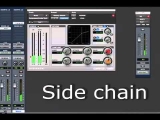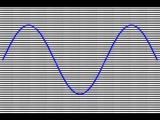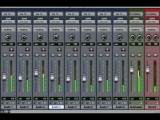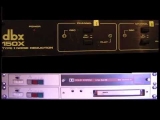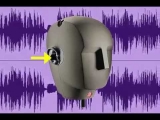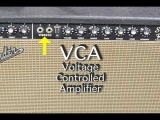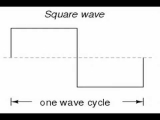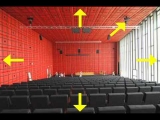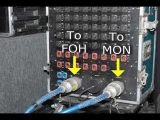Editing Audio for Film
Editing Audio for Film
Prior to 2000, audio for movies was edited on 35 mm magnetic film. When the industry switched to digital audio workstations, sound editors had several immediate , editors could now see the waveforms, which is extremely helpful in placing sounds to , multiple tracks could now be monitored simultaneously. With the Moviola synchronizers usually only one audio track at a time could be , editors could now adjust the volume of the tracks and could actually create a temp mix that would be a good starting point for the mixing stage. Prior to that, the levels on the mag film were set by the transfer , the sounds now appeared in the clip list, so that the editors can simply drag the sounds onto the timeline as needed. Before that they had to order from the transfer department the specific number of every sound they were using, for example 300 gun finally, when picture changes are made, editors can easily adjust the audio tracks to conform to the video edits.


